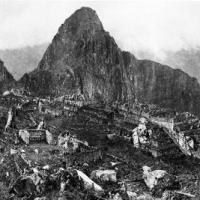Top Protected Areas
- Top Protected Areas
- 1. Wrangell–St. Elias National Park and Preserve,surface: 53.321 km2
- 2. Chagos Archipelago Marine Park , surface: 545.000 km2
- 3. Phoenix Islands Protected Area , surface : 408.250 km2
- 4. Papahānaumokuākea Marine National Monument, surface : 360.000 km2
- 5. The Great Barrier Reef, surface : 345.400 km2
- 6. Kavango Zambezi, surface: 287.132 km2
- 7. Galápagos Marine Reserve ,surface: 133.000 km2
- 8. Limpopo National Park, surface: 99.800 km2
- 9. Aïr and Ténéré National Nature Reserve, surface: 77.360 km2
- 10. Northeast Greenland National Park, surface: 927.000 km2
Our planet abounds with unusual and unique natural wonders, both animal and plant species, as well as specific geographical terrains. Many governments have invested large funds in protecting certain areas, and preserving their natural and cultural values. There are over 160.000 protected areas in the world. All together they make up a tenth of the total surface of our planet. Today, you’ll have the opportunity to meet top protected areas in the world.
















Wrangell–St. Elias National Park and Preserve,surface: 53.321 km2
This national park placed in the south of Alaska was formed in 1980.With the surface that equals the surface of nine American states ,it is the biggest of its kind in America. St. Elias mountain is the second biggest in both Canada and America, and up to 16 highest peaks in the U.S. belong to this park.The landscapes resemble those in the Swiss Alps.